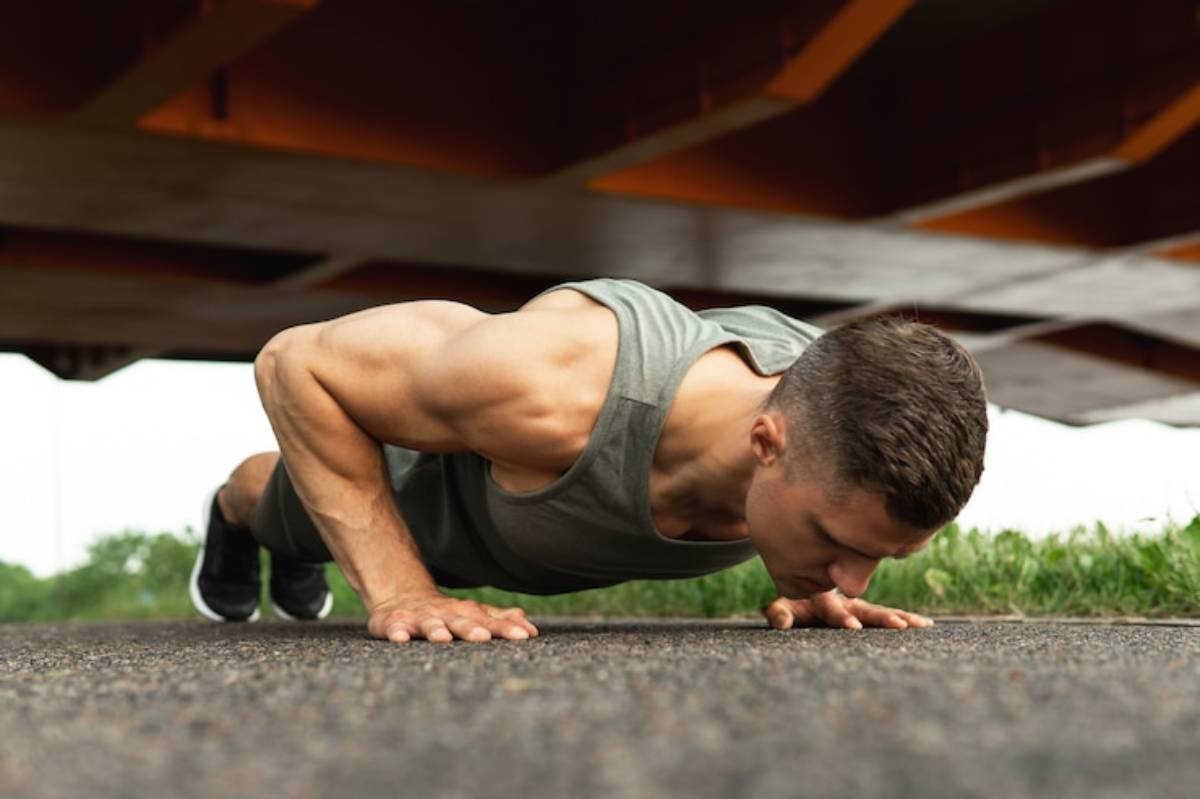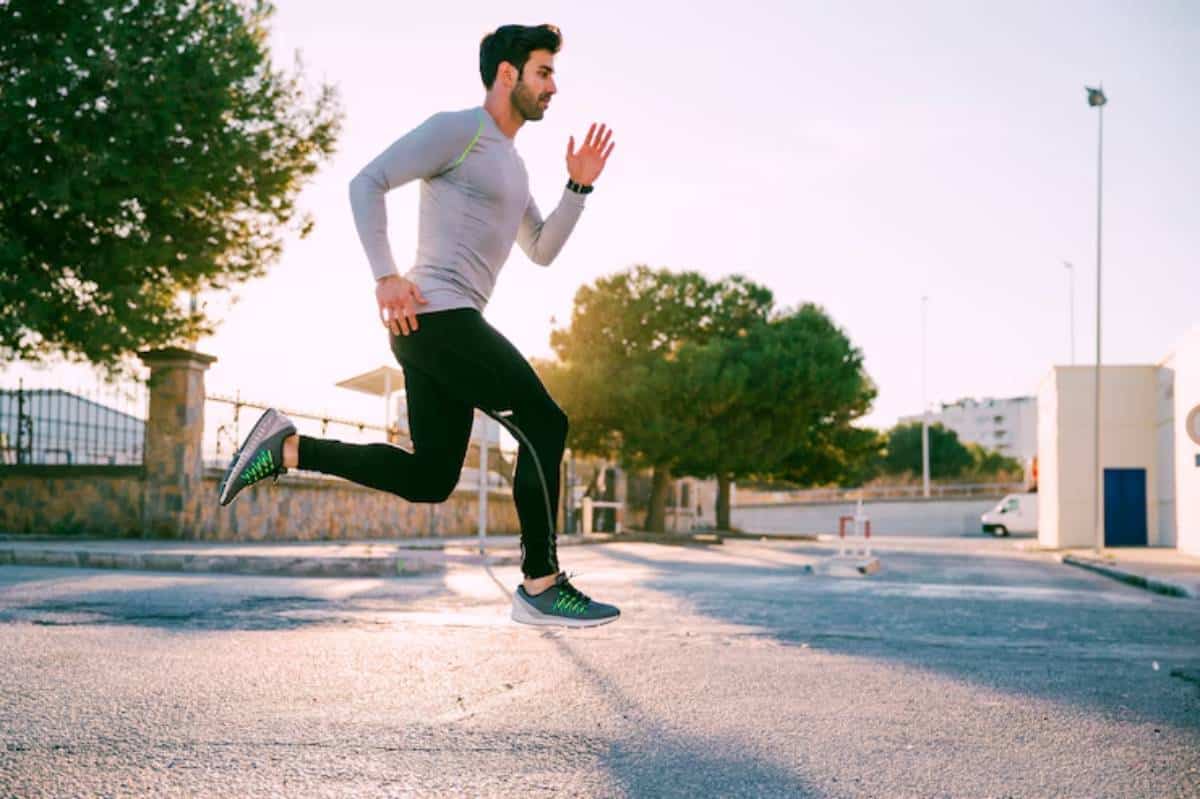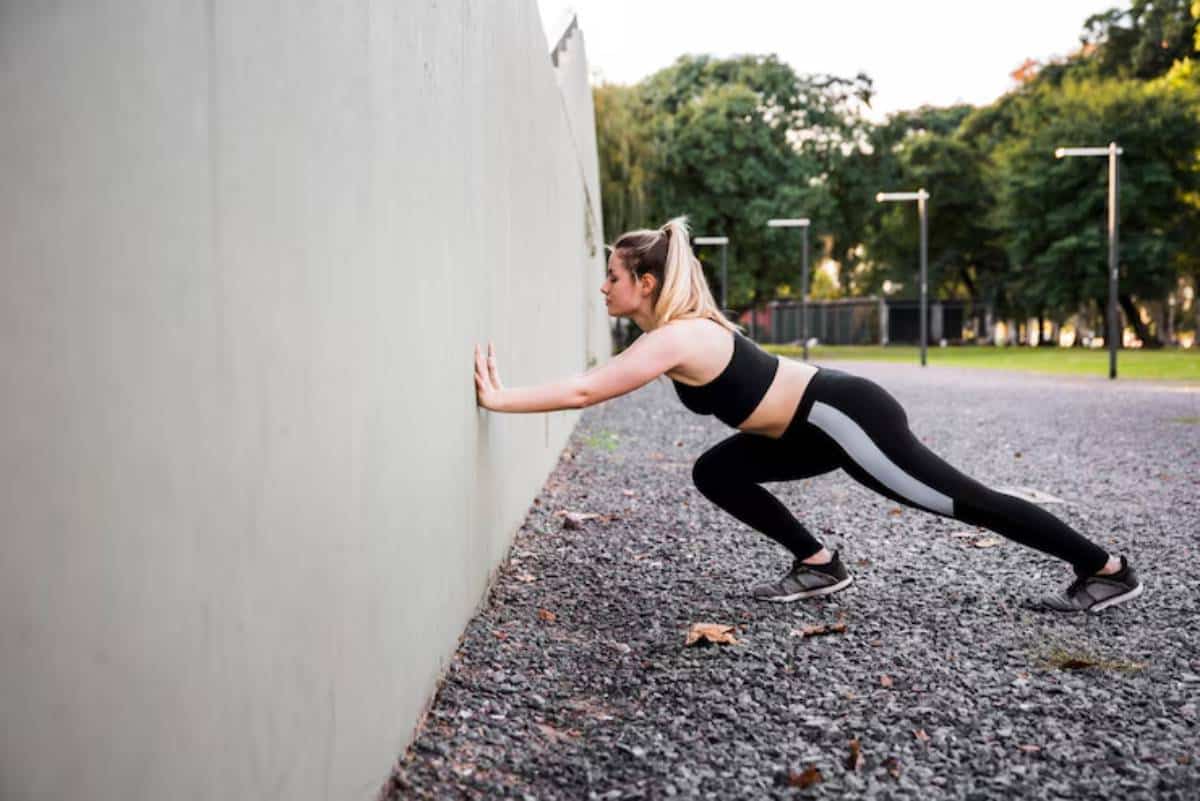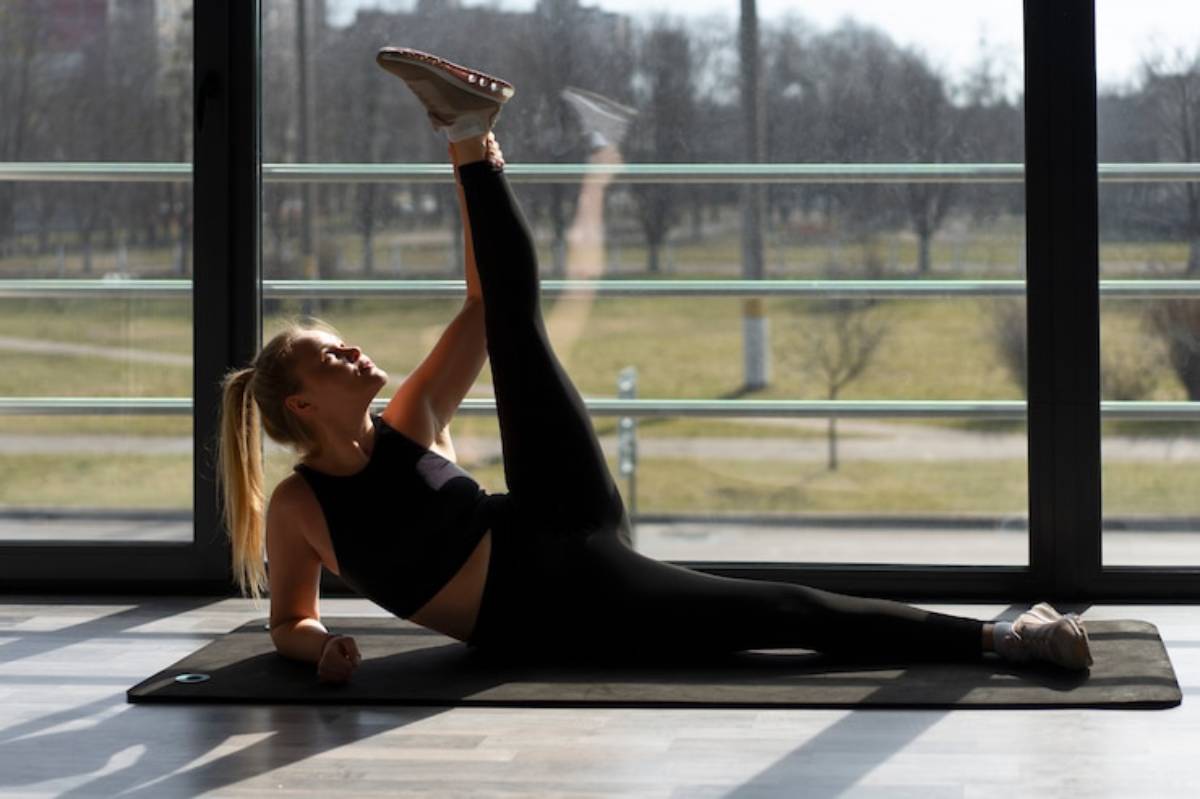
Best Mobility Drills for Strength Trainers: Move Better, Lift Stronger
Ever felt stiff halfway through a workout, or noticed your range of motion holding back your strength gains? You’re not alone. Many strength trainers, especially those focused on bodyweight training, spend so much time pushing their limits that they forget about the one thing that makes it all possible mobility.
The truth is, strength without mobility is like having a sports car with a rusty steering wheel — you’ve got the power, but not the control. A good mobility routine for strength isn’t about twisting yourself into a pretzel. It’s about functional mobility exercises that keep your joints healthy, your muscles supple, and your body moving as it should.
In this guide, we’ll break down the best bodyweight mobility drills that support your strength training journey. Whether you’re working on handstands, pistol squats, or pull-ups, these drills will help you move better, lift stronger, and recover faster.
Why Mobility Matters for Strength Trainers
Let’s get one thing clear: mobility is not the same as flexibility. While flexibility is about how far a muscle can stretch, mobility is about how well your joints move through their full range under control. It’s the difference between being able to touch your toes and being able to squat deeply and powerfully.
The Benefits of a Mobility Routine for Strength
- Prevents injury: Keeps joints and connective tissue healthy.
- Improves performance: Enhances movement efficiency and power output.
- Increases range of motion: Allows deeper squats, better pressing angles, and stronger pulls.
- Boosts recovery: Reduces muscle stiffness and soreness after training.
Research from the Journal of Sports Medicine (2020) confirms that integrating mobility exercises into strength routines improves athletic performance and reduces injury risk (Behm et al., 2020).
Core Areas for Strength-Focused Mobility
To get the most out of your mobility routine strength, target the key joints that take the brunt of bodyweight exercises:

- Shoulders: Essential for push-ups, pull-ups, and handstands.
- Hips: Crucial for squats, lunges, and explosive movements.
- Ankles: Support balance and depth in squats.
- Thoracic spine (upper back): Affects posture, breathing, and shoulder mobility.
- Wrists: Handle pressure in pushing and inverted exercises.
Best Bodyweight Mobility Drills
Here are functional mobility exercises designed for strength trainers. These drills fit seamlessly into your warm-ups, cool-downs, or active recovery days.
1. World’s Greatest Stretch (Full-Body Mobility)
- Targets: Hips, hamstrings, thoracic spine, shoulders.
How to do it:
- Step forward into a lunge.
- Place both hands inside the front foot.
- Rotate your torso, reaching the opposite hand toward the ceiling.
- Hold, then switch sides.
Reps: 5 per side.
Why it works: Loosens up multiple joints at once, making it ideal for pre-workout.
2. Deep Squat Hold (Hips and Ankles)
- Targets: Hip flexors, glutes, ankles.
How to do it:
- Stand with feet shoulder-width apart.
- Sink into a deep squat, keeping heels down.
- Press elbows into knees for a deeper stretch.
Hold: 30–60 seconds.
Variation: Add side-to-side rocking to mobilise hips further.
3. Cat-Cow Stretch (Spinal Mobility)
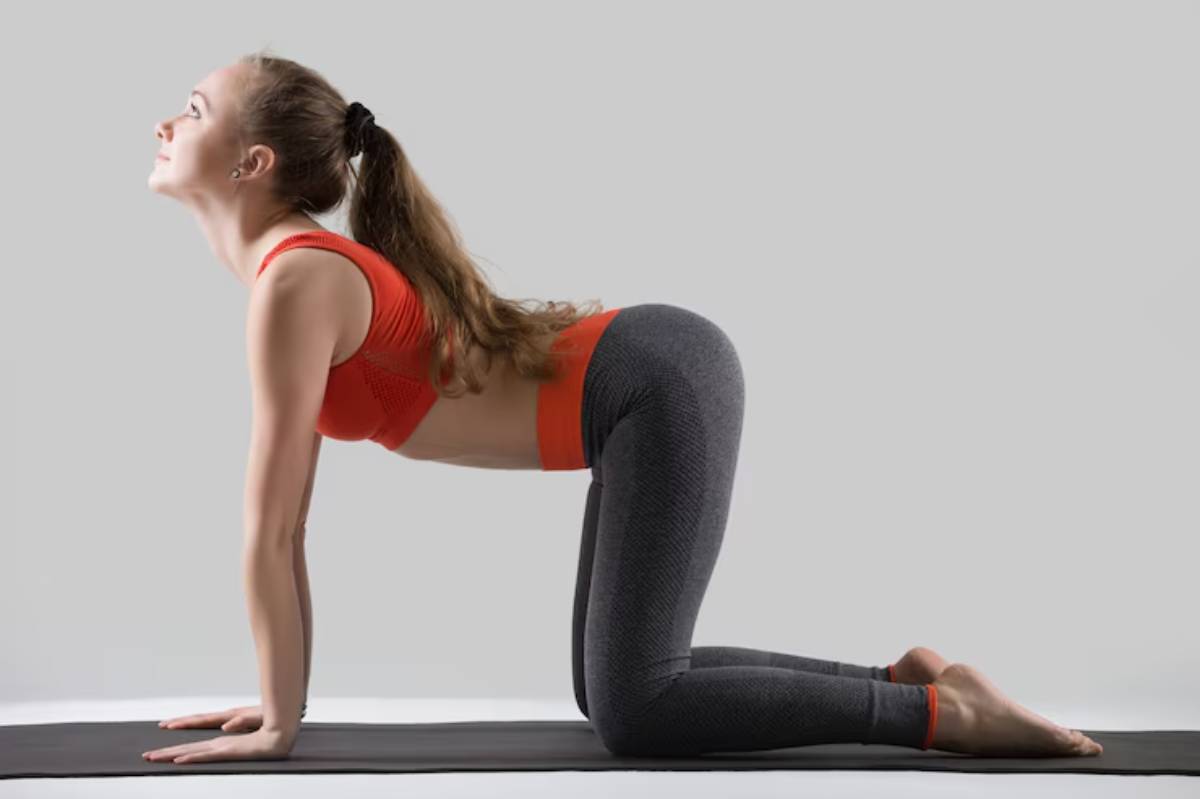
- Targets: Thoracic spine, lumbar spine.
How to do it:
- Start on hands and knees.
- Inhale, arch your back (cow).
- Exhale, round your spine (cat).
Reps: 10–15 slow reps.
Why it works: Keeps your spine mobile and supports overhead movements like pull-ups.
4. Shoulder Dislocation (Shoulder Mobility)
- Targets: Shoulders, chest, upper back.
How to do it:
- Hold a resistance band or towel with a wide grip.
- Raise it overhead, then behind you, keeping arms straight.
- Bring it back to the front.
Reps: 10–15.
Start with a wider grip and narrow it as you progress.
5. 90/90 Hip Switches (Hip Mobility)
- Targets: Hip internal and external rotation.
How to do it:
- Sit with one leg in front at 90 degrees, the other behind at 90 degrees.
- Rotate knees side to side, switching hip positions.
Reps: 8–10 per side.
Why it works: Supports squatting and lunging patterns.
6. Ankle Rocks (Ankle Mobility)
- Targets: Ankles, calves.
How to do it:
- Assume a half-kneeling position.
- Rock your front knee forward over the toes, keeping your heel down.
- Return to start.
Reps: 10–12 per side.
Great for improving squat depth.
Sample Mobility Routine for Strength
Here’s a bodyweight mobility drill routine that complements strength training. Use it before or after your workouts or on recovery days.
Warm-Up Mobility Flow (10 minutes)
- World’s Greatest Stretch: 5 reps per side.
- Deep Squat Hold with Rocking: 60 seconds.
- Cat-Cow Stretch: 10–15 reps.
- Shoulder Dislocates: 10–15 reps.
- 90/90 Hip Switches: 10 reps per side.
- Ankle Rocks: 10 reps per side.
Cool-Down Routine (5–10 minutes)
- Deep Squat Hold: 60 seconds.
- World’s Greatest Stretch: 3 reps per side.
- Shoulder Dislocates: 10 reps.
How to Integrate Mobility Into Your Strength Training
- Warm-up with mobility drills: Prepares joints for movement.
- Use between sets: Active mobility work during rest keeps you engaged.
- Dedicate sessions to mobility: Especially on recovery days.
- Progress gradually: Don’t force range of motion; let it develop over time.
Real-Life Example: Jamie’s Journey
Jamie, a recreational bodyweight athlete, hit a wall with his pistol squat depth. After adding hip mobility drills (like the 90/90 hip switches and deep squat holds), he unlocked greater range and control, making the move not only possible but strong and pain-free.
Common Mistakes with Mobility Routines
- Rushing through drills: Take your time to feel each movement.
- Skipping mobility when you feel “fine”: Regular work prevents issues.
- Forgetting about wrists and ankles: These smaller joints carry big loads.
Conclusion: Stronger Through Mobility
Strength and mobility are two sides of the same coin. One without the other leads to imbalances, injuries, and plateaus. With these bodyweight mobility drills and functional mobility exercises, you’ll move better, feel better, and lift stronger.
Ready to unlock your full potential? Try the routine above for a week and notice how your body responds. Got a favourite mobility drill or questions about integrating these into your routine? Share them in the comments! If this guide helps you, pass it along to someone ready to move and feel better in their strength training journey.
